Travel With Tamara | Tales From Ethiopia
Tales From Ethiopia
This was one of the first pieces I wrote about Ethiopia, and perhaps summarises what for me makes Ethiopia so special
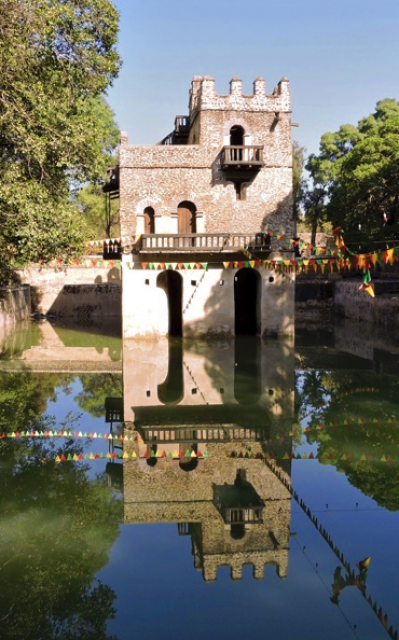
A priest in Tigrey climbs daily to his church cut into the top of a cliff. The climb takes him two hours and includes several treacherous stretches and one completely vertical rock-face. He celebrates mass, spends the day reading religious texts, then climbs down at dusk.
It’s this persistency, this dogged tenacity, that built the rock hewn churches for which Ethiopia is famed. In Tigrey, a mountainous region in the far north of the country, there are at least 120 churches carved from craggy cliffs, and it’s thought there are many more that because of their inaccessibility have yet to be excavated. Built between the 4th and 12th centuries, these churches are testament to the determination of a people.
Similarly, the churches of Lalibela were cut from rocks in the 12th and 13th centuries. The most famous of these is Bete Giyorgis. This cross cut deep into rock, perhaps more than anything, has come to symbolise Ethiopia; its stark yet serene form and the plunging views beyond remain in the hearts of all who visit.
The people of Ethiopia tell you they’re distinctive from other African nations because they weren’t colonised. Others might say they’re unique because they operated for so long in isolation from other countries. Either way, Ethiopia’s lengthy history, stretching back into mythical times when Ethiopia’s Queen of Sheba is said to have visited King Solomon of Jerusalem and returned bearing his unborn child, is one of the most colourful and characterful in the world.
Tales abound in which fact and fiction are woven so intricately it’s impossible to unravel them. Emperor Menelik, son of the union between the Queen of Sheba and King Solomon, was the first of the line of emperors that continued unbroken until Haile Selassie; on a visit to his father he seized the Ark of the Covenant and fled with it to Ethiopia where it remains to this day, deep in a church in Aksum, viewed only by the guardian monk. The Nine Saints who appeared in Ethiopia in the 5thcentury have been traced to Anatolia, Constantinople and Rome; present in the nine peaks of Tigrey, their blessing, it is believed, ensures no one falls while climbing to the precipitous rock churches. Sheik Aba Dir of Arabia brought the ways of Islam to Harar with 43 holy men; despite being the youngest of the group he was chosen as their leader because of the many miracles he accomplished.
Perhaps in a country in which bones of the oldest hominin, earliest of man’s bipedal and upright ancestors, was found, we should expect nothing less. Ethiopia breaks convention in ways few places do. Many of its tribes, living around the Omo Valley, still live according to ancient customs that have changed little through the centuries. The Mursi are legendary for the women’s practice of inserting terracotta plates into their stretched lower lips. A Hamar man proves his readiness for marriage by running over the backs of bulls; the feat, performed with much flamboyance, is cheered by men adorned with feathers and hides whilst ochre-coated women demonstrate their capacity to withstand the hardships of marriage and childbirth by goading the men to whip them. The Konso live in cobbled villages modelled as mazes so intruders might never find their way out; upholding the law with a swearing stone, terracing their rocky hillsides, and mummifying their chiefs and heroes are just a few of their myriad of customs.
The sight of tribes people, decked out in their finest, performing a ceremony deeply engrained in their souls will remain with me forever. Just as the vision of priests processing up the cliffs of Tigrey, their robes white against the orange rock, is an image I’ll never lose. And this perhaps is Ethiopia: these striking people, enacting their rituals, living their history.
Tamara Britten, 27 January 2020
Published also in: Travelog of The Standard
About the region
Addis and Surroundings
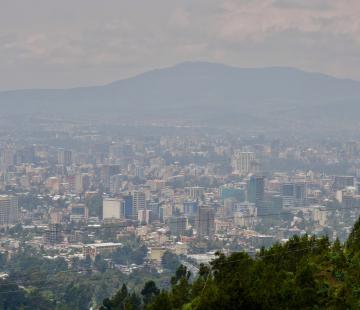
Addis Ababa is the capital of Ethiopia, the country’s largest city, and site of the headquarters of the African Union. Highlights include Entoto Mountain on which stands the Palace of Menelik II, the National Museum, the Ethnographic Museum, Trinity Cathedral, St George Cathedral, Merkato and the Piazza.
Read more about Addis and SurroundingsEastern
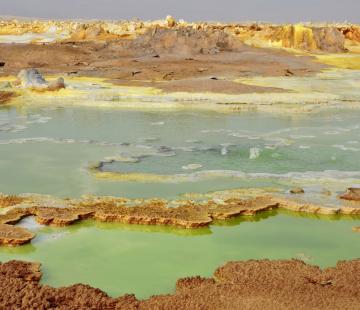
This remote and remarkable region includes the scalding and volcanically active Danakil Depression, with colourful bubbling sulphur, desiccated salt lakes and the live Erte Ale volcano. Also in the region is Awash National Park and the Islamic walled city of Harar.
Read more about EasternNorthern
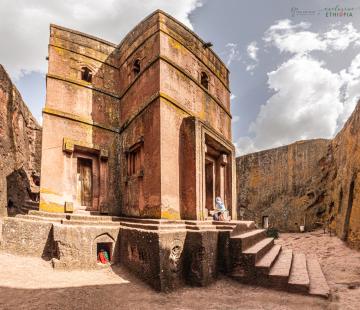
The historic north is home to what are arguably Ethiopia’s most popular sites. The legendary historic route includes Bahir Dar, Gondar, Axum, Lalibela and Gheralta. The region also includes Lake Tana, source of the Blue Nile, and the Simien Mountains, with Ethiopia’s highest peaks and most diverse wildlife.
Read more about NorthernSouthern
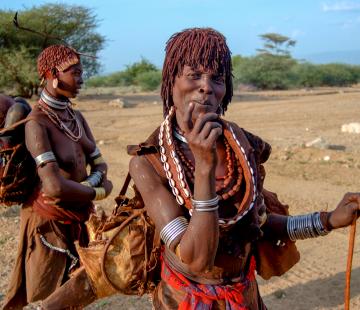
Ethiopia’s south is perhaps best known for the tribes who dwell here, particularly around the Omo Valley, who live according to their traditional customs. The region is also known for the Bale Mountains National Park, and for the chain of lakes that stud the Rift Valley.
Read more about Southern